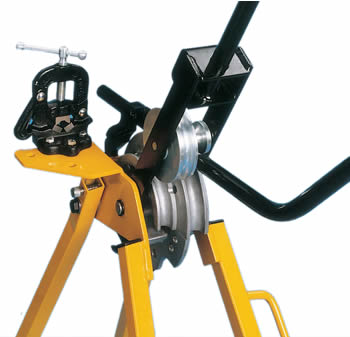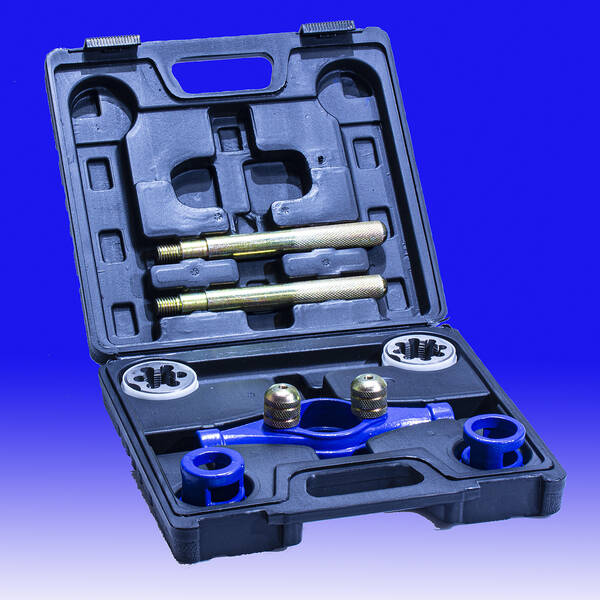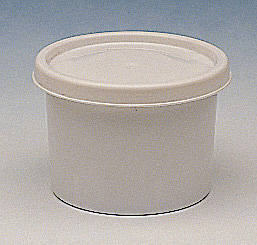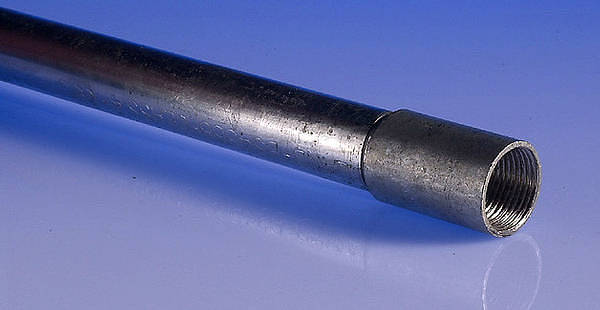You are using an out of date browser. It may not display this or other websites correctly.
You should upgrade or use an alternative browser.
You should upgrade or use an alternative browser.
'Industrial' Steel Conduit
- Thread starter pmp4
- Start date
B
breezer
adam_151 means a conduit bender

(£570 inc vat for this one)

stock and di set (£28 for this one)

cutting compound (£9)

(£14 for a 3.7 M length)
+ what ever fittings you need
Total £621
do you still want it?
all prices taken from various websites, other suppliers of this equipment are available
not shown but also required are hacksaw and suitable grips and file and cup of tea

(£570 inc vat for this one)

stock and di set (£28 for this one)

cutting compound (£9)

(£14 for a 3.7 M length)
+ what ever fittings you need
Total £621
do you still want it?
all prices taken from various websites, other suppliers of this equipment are available
not shown but also required are hacksaw and suitable grips and file and cup of tea
Vice and bender as above isnt really necessary, years before vice and benders became popular skilled sparks could with practice use blocks of wood with drilled holes in them to pipe bend and curves could also be done with care just by standing on the tube and gradually putting a bend into it.
Of course care and skill had to be used otherwise you'd just end up with a flattened bend
So you could possibly get away with spending the £570 it may take a few practice bends to get it right just don't work on the same bit too much.
good luck
Of course care and skill had to be used otherwise you'd just end up with a flattened bend
So you could possibly get away with spending the £570 it may take a few practice bends to get it right just don't work on the same bit too much.
good luck
It took me years to master the block pipe bender and about 30mins to master a pipe bender....IMO hire the pipe bender.Vice and bender as above isnt really necessary, years before vice and benders became popular skilled sparks could with practice use blocks of wood with drilled holes in them to pipe bend and curves could also be done with care just by standing on the tube and gradually putting a bend into it.
good luck
PS..before lawn mowers, I think they used sythes
Our local wholesaler has a pipe bender which they will hire out to contractors who do not own one.
or if you live near Dale Winton....... 
- Joined
- 27 Sep 2004
- Messages
- 1,301
- Reaction score
- 83
- Country

I want to install a new lamp in my kitchen.
Sure you want Galv Conduit in your kitchen?!
S
sjwkmje
Our local wholesaler has a pipe bender which they will hire out to contractors who do not own one.
We have gotten away with using plumbers pipe benders when we don't have access to one. It helps that I work along side a plumber some time so I just borrow his. Never had an issue doing 22mm 25mm galv etc. I have my own set of stock, tap and dies and all ways have cutting compound. Might be an option if you know a plumber.
Adam
E
EdwardCurrent
Hello,
A combination of 'cheap' kit, and a lack of cutting compound ??.
 .
.


Yes, two sets !!!!
Ed
A combination of 'cheap' kit, and a lack of cutting compound ??.


Yes, two sets !!!!
Ed
I want to install a new lamp in my kitchen.
Sure you want Galv Conduit in your kitchen?!Ah, just thought, maybe its a commercial kitchen??

Stainless conduit is better in a commercial kitchen.....grease, steam etc can easily kill even galvanised in a fairly short time.
Stainless is rare, difficult to obtain and a PITA to thread!
do these dies stocks and dies you guys use not have the slit and the three pre drilled blind holes that allow grub screws to open and close the die to allow a rough cutting and finishing grade.
That is what we always did as mechanical engineers, although I guess you are not after finess like we were, and just want them to stick together somehow.
Also, make every effort to break the swarf, so every half turn forward, back the die holder back round a quarter, the chip breaks kick in and remove the swarf, and it lets whatever you are using for cutting compound seep forward and lubricate the cutting heads on the die.
That is what we always did as mechanical engineers, although I guess you are not after finess like we were, and just want them to stick together somehow.
Also, make every effort to break the swarf, so every half turn forward, back the die holder back round a quarter, the chip breaks kick in and remove the swarf, and it lets whatever you are using for cutting compound seep forward and lubricate the cutting heads on the die.
Surely someone doing electrical work in a commercial kitchen, given all the liability and EAWR duty issues etc would be the sort of person who'd know where to get galvanised conduit.... 
Not the ones I have used, they are just a round die with 2 half ovals cut out of the side for the stock to hold it. There is usually a guide on the bottom too.do these dies stocks and dies you guys use not have the slit and the three pre drilled blind holes that allow grub screws to open and close the die to allow a rough cutting and finishing grade.
That is how we were taught to do it as apprentices, plenty of swarfega. Once the thread is deep enough, unscrew the die, pop it on the other way around and finish the threadAlso, make every effort to break the swarf, so every half turn forward, back the die holder back round a quarter, the chip breaks kick in and remove the swarf, and it lets whatever you are using for cutting compound seep forward and lubricate the cutting heads on the die.
- Joined
- 8 Feb 2008
- Messages
- 435
- Reaction score
- 20
- Country

I would not reverse the die - if you do you will get a parallel thread and the socket won't tighten. It will run loosly to the end and then 'bell' as it tries to travel off the end of the thread - many then split  .
.
Leave the die taper end pointing towards the conduit - that will leave a taper at the end of the thread and the socket will tighten onto it.
Leave the die taper end pointing towards the conduit - that will leave a taper at the end of the thread and the socket will tighten onto it.
DIYnot Local
Staff member
If you need to find a tradesperson to get your job done, please try our local search below, or if you are doing it yourself you can find suppliers local to you.
Select the supplier or trade you require, enter your location to begin your search.
Please select a service and enter a location to continue...
Are you a trade or supplier? You can create your listing free at DIYnot Local
